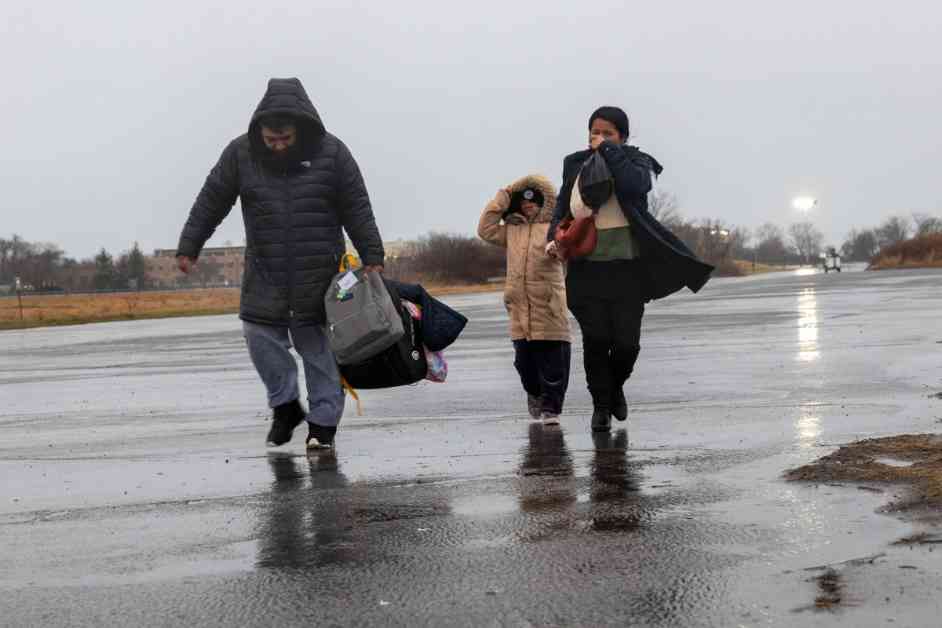NYC to Close Brooklyn Migrant Shelter Amid Declining Arrivals: 9 Other Sites Set to Shut
In a significant move, New York City has announced the closure of a massive Brooklyn migrant shelter due to a decline in new arrivals under the city’s care. The Hall Street shelter in Brooklyn’s Clinton Hill neighborhood, with a capacity of 3,500 beds, is among the 10 sites set to shut down by June as part of the Adams administration’s plan. This decision comes as the city experiences a decrease in the number of newcomers residing in its shelter system over the past 27 weeks.
Reasons Behind the Closure
The declining population in the city’s migrant shelters can be attributed to stricter border policies implemented by President Biden last spring, as well as the Adams administration’s limits on shelter stays to 30 and 60 days. These measures have contributed to a significant reduction in the number of individuals seeking refuge in New York City.
Mayor Adams highlighted the success of his administration’s efforts in managing the influx of over 200,000 migrants since April 2022. He emphasized the need to continue supporting migrants in becoming self-sufficient while also saving taxpayer money and addressing the ongoing humanitarian crisis.
Impact of Shelter Closures
Apart from the Hall Street Shelter, nine other facilities located in Brooklyn, Manhattan, and Queens are set to close, resulting in a 10,000-bed decrease in the city’s shelter capacity. The move aims to address oversaturation in certain areas and streamline the city’s migrant shelter system for more effective assistance and support.
Additionally, the city plans to open a new 2,200-bed shelter on the Bronx’s Bruckner Boulevard to accommodate single adult male migrants transitioning from other locations, including the Randall’s Island shelter.
Community Response
City Council Member Crystal Hudson, representing the district where the Hall Street shelter is situated, expressed support for the closure, calling it a step towards ending the unequal shelter system for asylum seekers. She welcomed the responsible transition of existing residents to a new facility, signaling a positive outcome for those affected by the changes.
As New York City continues to adapt its approach to migrant shelter management, these closures and relocations mark a significant shift in the city’s response to the ongoing challenges posed by the influx of migrants seeking refuge and assistance.

